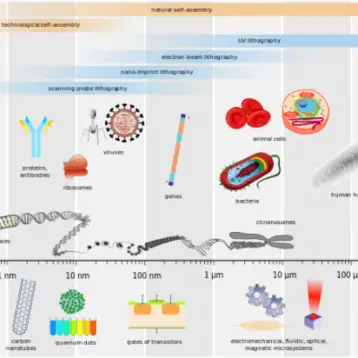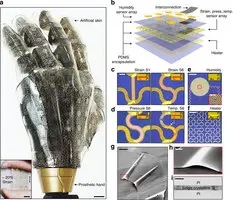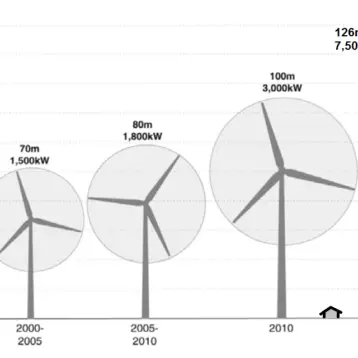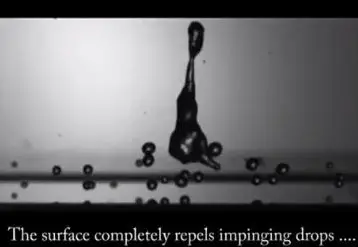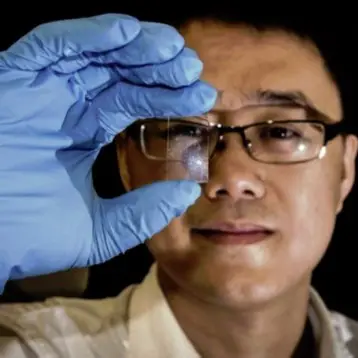Unlike atomic layer deposition which layers thin sheets of different nanoscale materials on top of each other, sequential infiltration synthesis supports much more complex geometries. Essentially, the technique relies on creating a film of two distinct types of block polymers with different physical and chemical properties. For example, one of the block polymers may attract a particular substance while the other repels it. When the relevant substance is applied to the film, it quickly moves away from the repelling regions and concentrates in the areas containing polymers attracting the substance. Scientists control the properties of the new material by carefully designing the pattern of the underlying polymers to comply with the desired geometry of the results.
By carefully selecting the two block polymers, their pattern, and the substance applied to the film, scientists can control the properties of newly formed material more precisely than they can with atomic layer deposition techniques and create many new materials not possible with existing methods. The Argonne researchers believe that this technique will lead to the development of organic-inorganic hybrid solar cells and other more efficient photovoltaics. In addition to greatly increasing the efficiency of solar energy, they hope to significantly lower the cost and make it a more economically viable option for meeting energy needs.
Seth Darling of Argonne’s Center for Nanoscale Materials and Jeff Elam of Argonne’s Energy Systems Division were the primary scientists on this project. Both focus on solar energy and photovoltaics, hence the initial focus on solar cells. However, there is no reason their research could not be used to create a wide variety of new materials for other purposes.
TFOT has previously reported on other advances in solar cells and photovoltaic material including flexible nanoantennae that efficiently collect solar energy in a range of frequencies including infrared, glitter-sized photovoltaic cells, an organic solar concentrator capable of replacing windows or skylights, rollable solar panels that could be used with portable electronics or on irregularly shaped surfaces, and solar cells manufactured from plant material instead of plastics.
Read more about using block polymers to create new solar cells in this Argonne National Laboratory press release.



